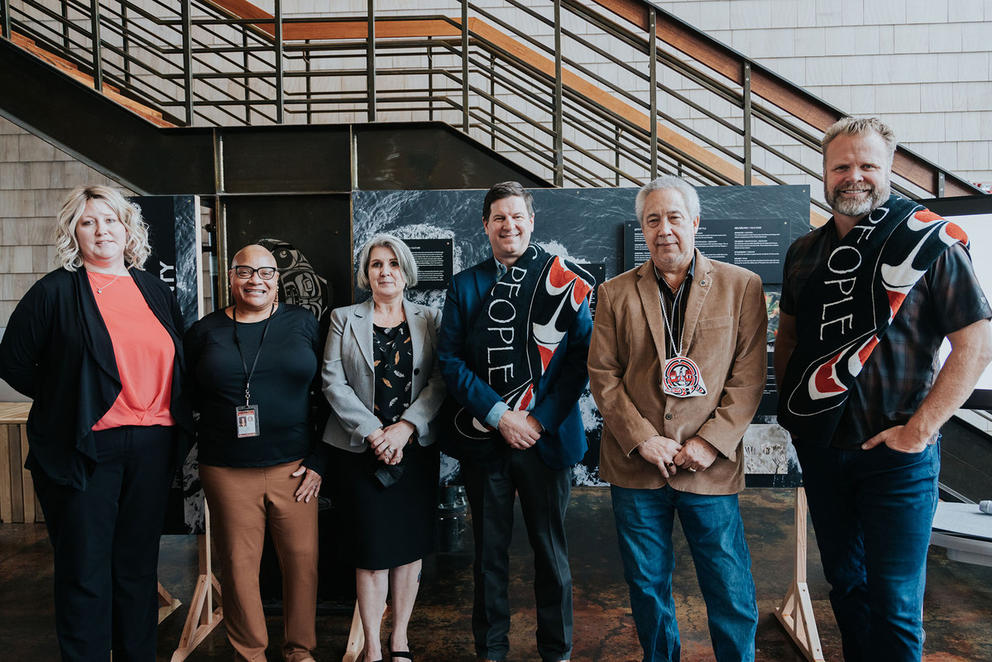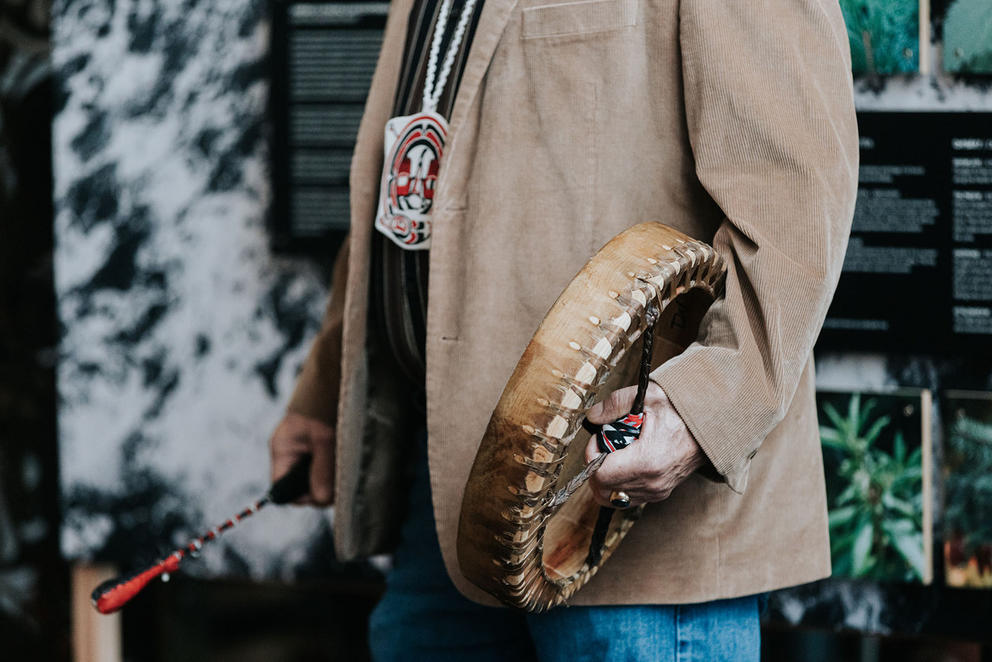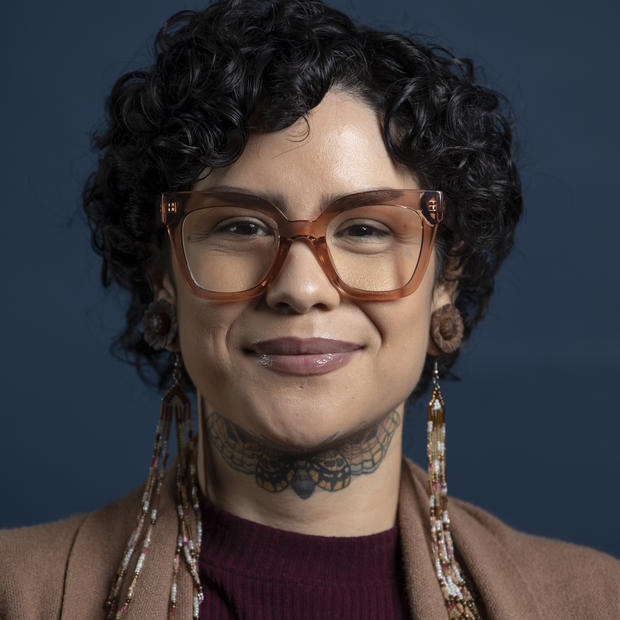“We've been here since time immemorial, and we're making a statement that we're going to continue to be here,” Samish Tribal Chairman Tom Wooten said.
Staying on their ancestral lands and continuing their traditions preserved the nation’s tribal identities, but left them without federal reservation lands.
Since 2006, the Samish Indian Nation has acquired 78 acres held in trust at Campbell Lake on Fidalgo Island. The nation also owns the Fidalgo Bay Resort; land on Huckleberry Island; Thomas Creek; Mud Bay on Lopez Island; property in Anacortes for the Samish Nation administration complex, the Samish Longhouse preschool and child care center, and the Samish Health and Human Services building; and property on Commercial Avenue in downtown Anacortes.
Now they will add Xwch’ángteng, which will be located near other Samish resource buildings so that the citizens who move into the new homes will have close access to healthcare, child care and their Samish community.
Cultivating community
Achieving community is a major goal for the new housing development. It will consist of 14 cottages for Samish elderly, disabled and low-income citizens, who will benefit from a range of services and activities to keep them connected.
“It's a death when you're by yourself and have no one to talk to,” said Sharon Paskewitz, Samish Indian Nation essential services senior director.
Paskewitz and the council prioritized making sure the residents aren’t isolated. A community building will be incorporated into the new development, which will host elders’ luncheons; dance, movie and bingo nights; and cultural activities like cedar weaving and beading. The Samish also want to make sure their youth learn from their elders. Since the Head Start and Early Learning buildings are conveniently located just a few blocks away from the cottages, young students will be able to easily visit the elders in their new homes. The property will even have a playground for young visitors.
Each cottage will have two bedrooms, so even if an elder lives alone, there will be room for a caretaker if they need one. The goal is for the people who move into the homes to live out their lives there. Chairman Wooten also hopes that the second room will be an open invitation for families to visit as well.
“Native people are generational; we live with our grandkids sometimes and our brothers and sisters, and maybe our nieces and nephews might come and live with us, so the hope is that by providing these resources for our elders, that not only will they come home, but the rest of the family will be engaged and want to come home as well,” Wooten said.
Representation and reclamation
Wooten believes this housing development is a way to plant the seeds of a larger homecoming, but he realizes that if people are going to come home, there needs to be employment to support them. Wooten says the council has begun exploring ways to overcome that barrier for the Samish citizens in California, Colorado and elsewhere who have shown interest in moving to their ancestral homelands.
“Had I not bought my house 25 years ago, I wouldn't be living in Anacortes today either,” Wooten said, noting how expensive homes have gotten.
The average two-bedroom rental in Anacortes is almost $2,500 a month, and a two-bedroom home costs at least $500,000. Creating affordable housing is a major pursuit for the Samish nation, but the barriers are more than financial. The pandemic has made building affordable homes progressively more difficult and expensive, according to Wooten.
“There was a lot of demand, but there was no supply, so we couldn't move forward on any of it,” Chairman Wooten said, referring both to building materials and to people available for construction work. “We're just now getting back to where they're saying there's some supply now.”
Of course, delays resulted in higher costs for the whole project, which is one reason the development shrunk from 24 cottages to 14. “We wanted to make sure that they were individual cottages,” Matthews said. “That was really important.”
It was also important to Matthews and the rest of the council that the cottages included cultural design elements that were meaningful to the Samish. The small roads or lanes within the Xwch'ángteng development will be named Elíle7 (uhleeluh), or salmonberry; Séni7 (sunny), oregon grape berry; Spíxw (speewh), red huckleberry; T’áqe7 (tahkah), salalberry; T’íleqw (teelukw), strawberry’ and T’qwém7 (Tkwuhm), thimbleberry. These are traditional and medicinal plants to the Samish.
Native plants will be planted near each cottage. To Dana Matthews, Samish tribal council secretary and client services executive director, the plants are a reclamation of the land, and the naming of the Xwch’ángteng streets serve as a reminder to everyone who comes and goes that they are on Samish land. Matthews also wanted to make sure the elders, aunties and uncles who will be living there will be happy and feel represented, so cookie-cutter design just wouldn’t do.
The Samish have also met with non-Native community members in the area – their soon-to-be neighbors – to share their vision for the community. Wooten says the plans have been well-received.
“From start to finish, this has been a good project – not that there haven't been hurdles or issues that have come up that we had to deal with, but it feels right,” Wooten said. “It feels good.”




